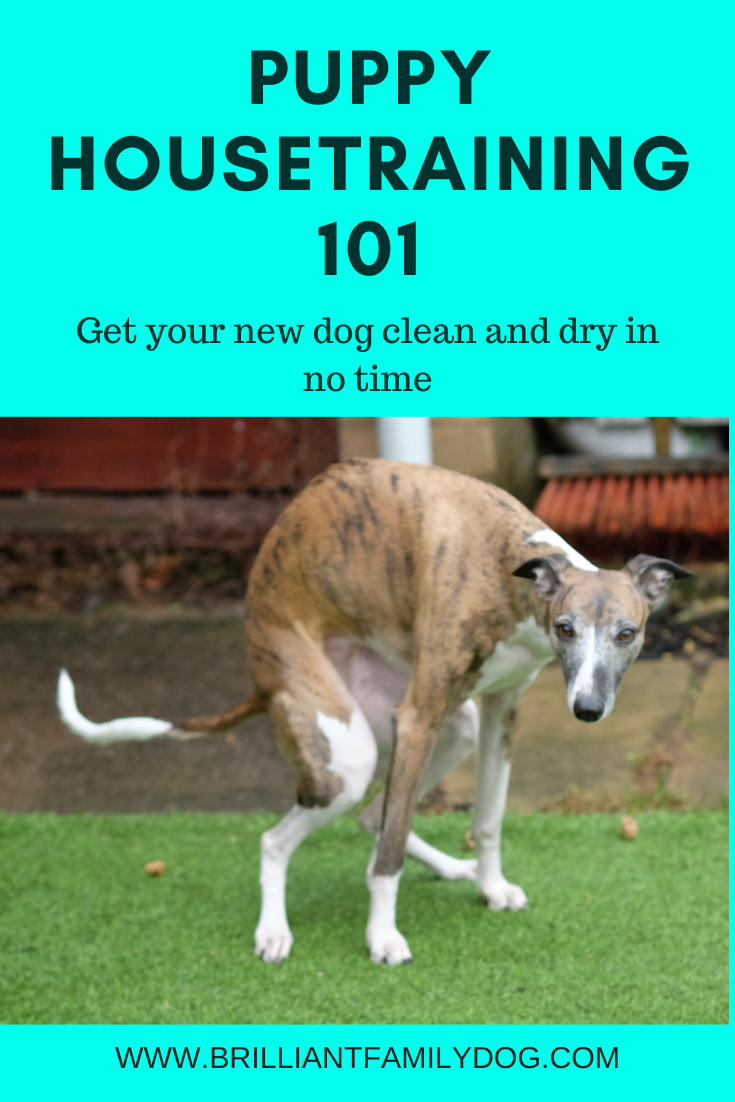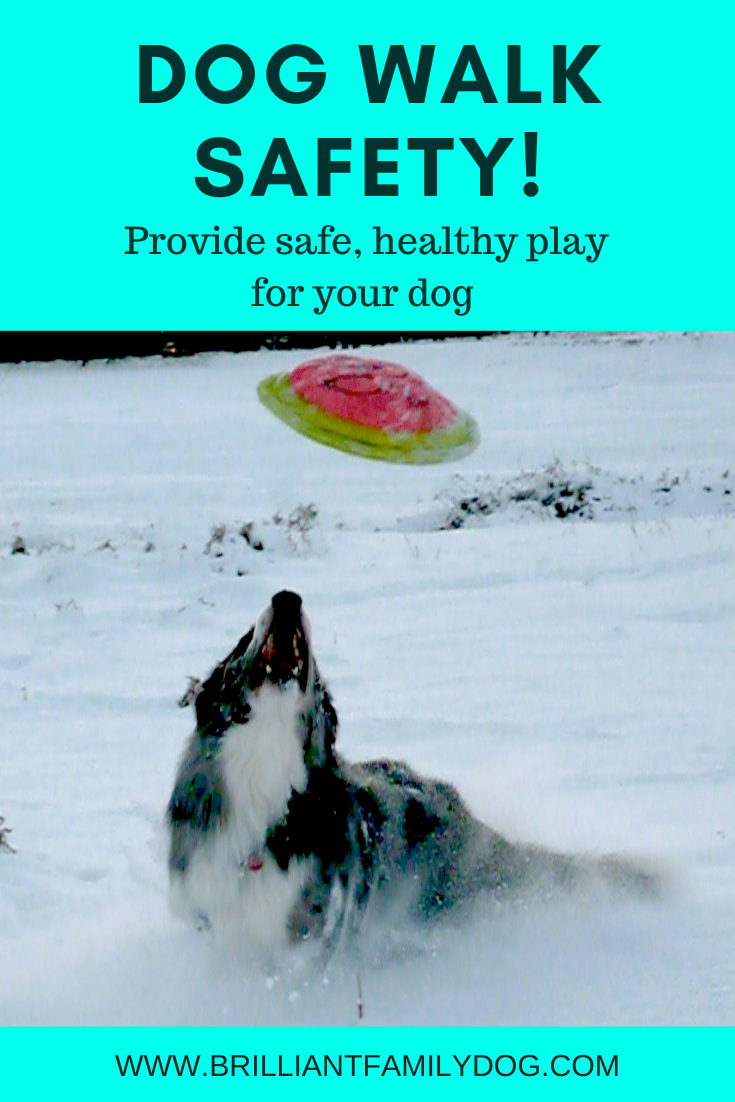It’s a tough time for growly dogs - anxious, shy, fearful, “aggressive” dogs.
Why?
Because, up in the top half of the planet, it’s been Winter.
And that means short days.
If you have a reactive dog, you’ll know exactly what the significance of this is!
It means there’s fewer hours of daylight for everyone to walk their dogs, therefore it’s much harder to avoid other people and their dogs on walks.
You have my sympathy - I know just what this is like!
Meeting or NOT meeting other dogs?
Now, you may be saying, “But how will my dog ever get better if he never meets other dogs?”
And I understand why you may think this.
You may have been given the idea that socialising your dog means exposing him to every dog possible, regardless of his reaction.
But in fact, he needs to learn how to cope with the world without the challenge of a strange dog looming towards him. Only then will he be able to manage passing another dog (or person - whatever it is that worries him, though we’ll stick with “dog” for now, as that’s usually the trigger) and not panic.
Once he has confidence that you will ensure he “never has to meet another dog again”, then he’ll know that there is a choice.
He doesn’t have to shriek and yap and leap about when he sees another dog coming, putting on a fearsome show of teeth, because he has learnt - from you - that you can both move away and not have to confront the oncoming dog.
How calm will that make him feel?
How safe will he feel?
See the dog ahead that Hector is able to avoid!
No-one wants to go through life feeling scared. And you can help your dog to get braver and stop panicking with a few simple-to-teach techniques and some really useful strategies.
One of the quickest to teach is the Emergency Turn.
You’ll find the steps detailed in my free Masterclass for Growly Dogs here.
And once you’ve discovered the ease and joy of making your walks - even in these busy few hours of light - comfortable and fright-free, you may like to delve further into what I can show you.
That Masterclass will also introduce you to the From Growly Dog to Confident Dog program, with individual coaching and many lessons.
And you can get my renowned Growly Dog books direct from the author here
Perhaps you’ll find, like EB and GS here, that you can make a huge difference to your dog walks, your dog’s happiness, and your own peace of mind - with these simple, kind, methods.
“We have been using your approach to training our growly dog now for about 6 months and have seen an incredible difference! We love your kind approach to training our dog. Wow! Your kind, positive methods really work. I can't thank you enough.” EB
“Just wanted to let you know, as a professional dog trainer, I loved your three Growly Dog books. Have recommended to all my reactive owners as you explain so simply and clearly what they need to learn, without baffling them with science. Just brilliant. I read a lot of books, articles and papers but rarely are they appropriate for pet owners to read and understand so these are just perfect.” GS



















